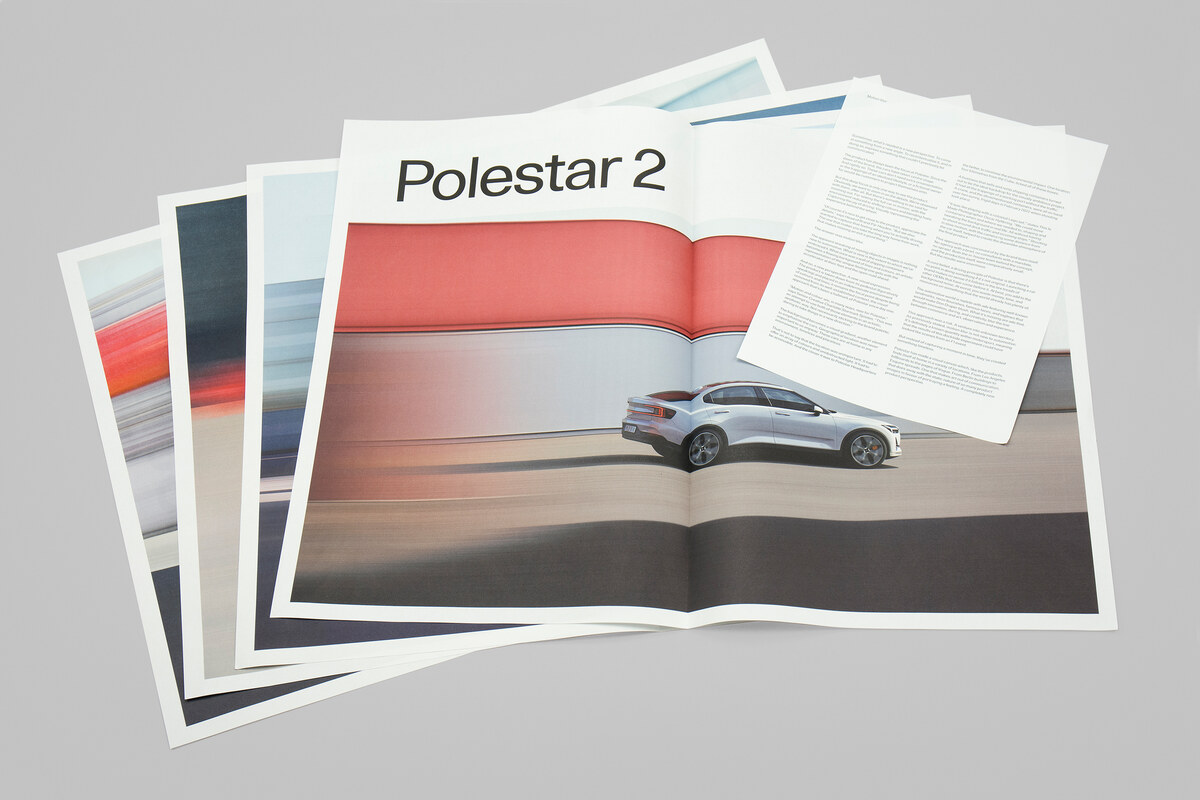ClimateCalc
We want to make a more environmentally friendly footprint!
By Wind is certified according to ClimatCalc. This means in particular that we keep track of and can report the carbon footprint of By Wind (raw materials, chemicals, electricity, heat, and freight).
How does this affect you?
When you want help with a quote or production of a printed item with us, we can calculate your job’s carbon footprint. As soon as you know what specification and edition your product should have and where it is to be shipped, we can make a calculation that is verified by ClimateCalc. The result is a report with calculated climate impact according to the European graphic standard, defined by the European trade association Intergraf.
What is ClimateCalc?
ClimateCalc is designed to provide exact information on the climate impact of the individual graphic product from a life cycle perspective. The purchaser of printed matter and the graphic company depend on this information to make a prioritized effort to minimize the climate impact before any neutralizing or compensation.
To calculate the climate impact of a specific graphic product, data representing the specific raw materials must be included in the production of the printed matter together with data representing the graphic company producing the printed matter. ClimateCalc provides such a calculation basis.
ISO 14064-1 and ISO 16759
The ClimateCalc calculation tool complies with ISO 14064-1. This ISO norm defines how to calculate and report greenhouse gas emissions on an organizational level. The compliance has been verified by SGS, an internationally recommended company within inspection, verification, testing, and certification.
The ClimateCalc calculation tool complies with ISO 16759. This ISO norm defines how to calculate greenhouse gas emissions of printed products. The compliance has been verified by SGS, an internationally recommended company within inspection, verification, testing, and certification
The Green House Gas Protocol
ClimateCalc was compiled according to the guidelines in the international standard, The Green House Gas Protocol (GHG Protocol), which is published by the World Business Council for Sustainable Development and the World Resources Institute. The standard is accessible on www.ghgprotocol.org. According to the GHG Protocol, the emission of greenhouse gasses must be divided into three scopes:
- Direct emissions of greenhouse gases from the company by for instance burning of oil or gas in own boilers or vehicles.
- Indirect emissions of greenhouse gases from the production of purchased energy such as electricity and district heating.
- Other indirect emissions of greenhouse gases from for instance production of raw materials, purchased transportation services, and the employees commuting to and from work.
Data and references
Company data
The company’s own data for energy consumption, fuel, raw material, sub-raw materials, transport service, and waste production is the basis for the company’s carbon account as well as the product calculations made. The company’s own data are verified by consultants representing ClimateCalc.
Standard data for graphical raw material
The emission factors for graphical raw material are based on the best knowledge available within both published LCA research and various development projects undertaken in the graphical industry. Emission factors for e.g. printing ink, varnish, printing plates, cleaning agents etc. are developed primarily on the basis of clearly defined models for the specific raw material using data from the Ecoinvent database. The Danish Technical University has contributed data as well as the definition of models related to graphical raw materials, based among others on the project Ecolabelling of Printed Matter – Part II.
Standard data for energy and fuel
Most of the used data for fuel- and energy consumption comes from the Ecoinvent database and from UNFCCC (United Nations Framework Convention on Climate Change). The emission factors for electricity consumption and fuel combustion are country specific, while emission factors relating to fuel production and purchase of transport services are the average data for Europe. The University of Aalborg has contributed data for energy and fuel.
Data for paper
The purpose of ClimateCalc is to provide exact information on the carbon impact of the specific graphic product seen from a life circle perspective. As the production of paper represents 50 – 70 % of the total carbon impact of the graphic product, it is important to involve data representing the specific paper qualities in the carbon calculation. The purchaser of printed matter and the graphic company are only able to make a prioritized effort to minimize the carbon impact by using data for the specific paper qualities.
Therefore, ClimateCalc mainly uses data for specific paper qualities based primarily on the CEPI-Ten-Toes method (www.cepi.org), and, secondarily, uses the Paper-Profile method (www.paperprofile.com) using emission factors for electricity for the country in which the paper is produced.

